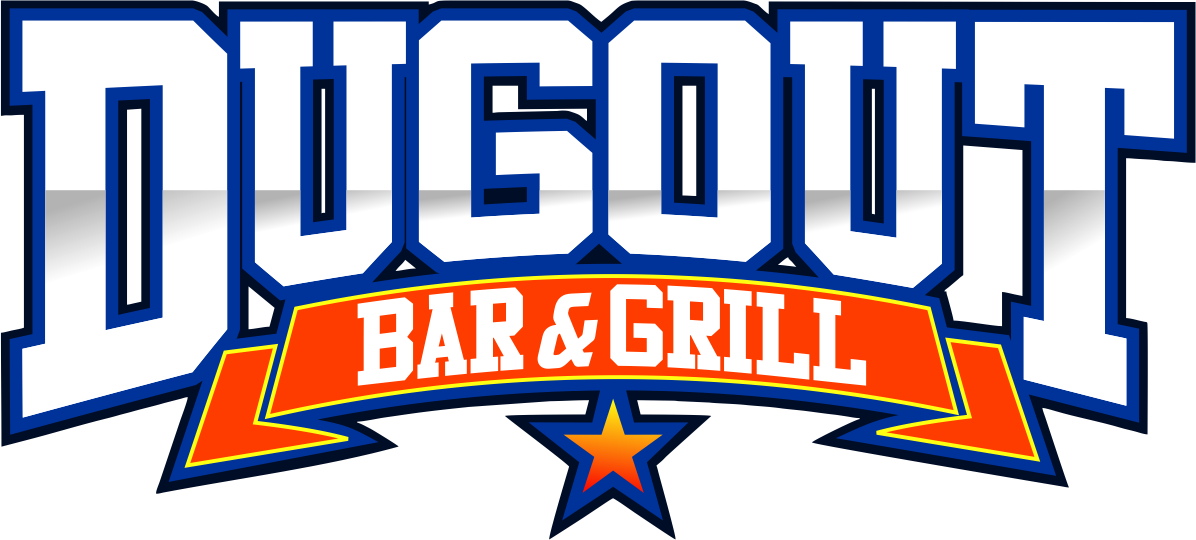Happy hour is a beloved tradition that offers a chance to unwind with friends, enjoy discounted drinks, and celebrate the end of a long day. But have you ever wondered where this popular concept began? The history of happy hour started in unexpected places, evolving through Prohibition and thriving in modern times. Let’s see how happy hour became a cornerstone of social culture.

- Happy Hour’s Origins in the Navy. The term “happy hour” originated in the early 20th century, but not in bars. It was first used by the U.S. Navy during World War I to describe scheduled periods of entertainment and recreation.
- Prohibition and the Birth of the Cocktail Hour. When Prohibition began in 1920, banning the sale of alcohol, Americans found creative ways to keep the party going. People hosted “cocktail hours” in their homes or gathered secretly in speakeasies before heading to alcohol-free restaurants.
- The Post-Prohibition Boom. After Prohibition ended in 1933, happy hour transitioned into the public sphere. Bars and restaurants recognized the potential to draw customers during slower periods and began offering discounts on drinks and food.
- The Cultural Impact of Happy Hour. In the 1970s and 1980s, happy hour became synonymous with unwinding and socializing after work. It helped shape bar culture, as establishments experimented with creative cocktails, themed events, and appetizer menus to attract crowds.
- Happy Hour Today: A Modern Twist. Today, happy hour is much more than discounted drinks. At Dugout Bar & Grill, sports fans can enjoy game-day specials, adding excitement to the tradition of cheering on their favorite teams.
From its origins in the Navy to its reinvention during Prohibition and its evolution into a modern social tradition, happy hour has stood the test of time. It’s a cultural institution that brings people together. So why not embrace this cherished tradition? Head our way, grab a drink, and enjoy happy hour with friends and family.
